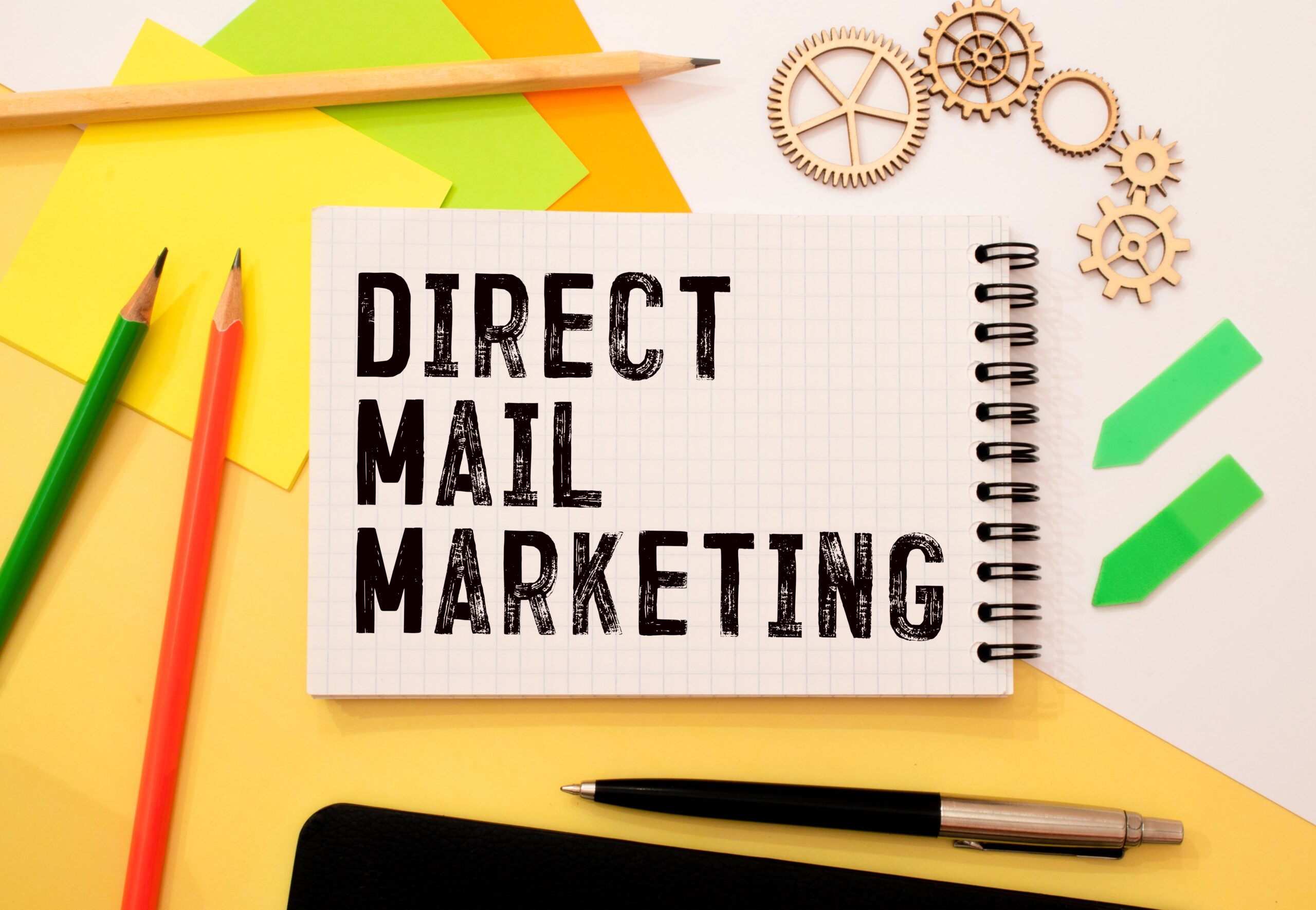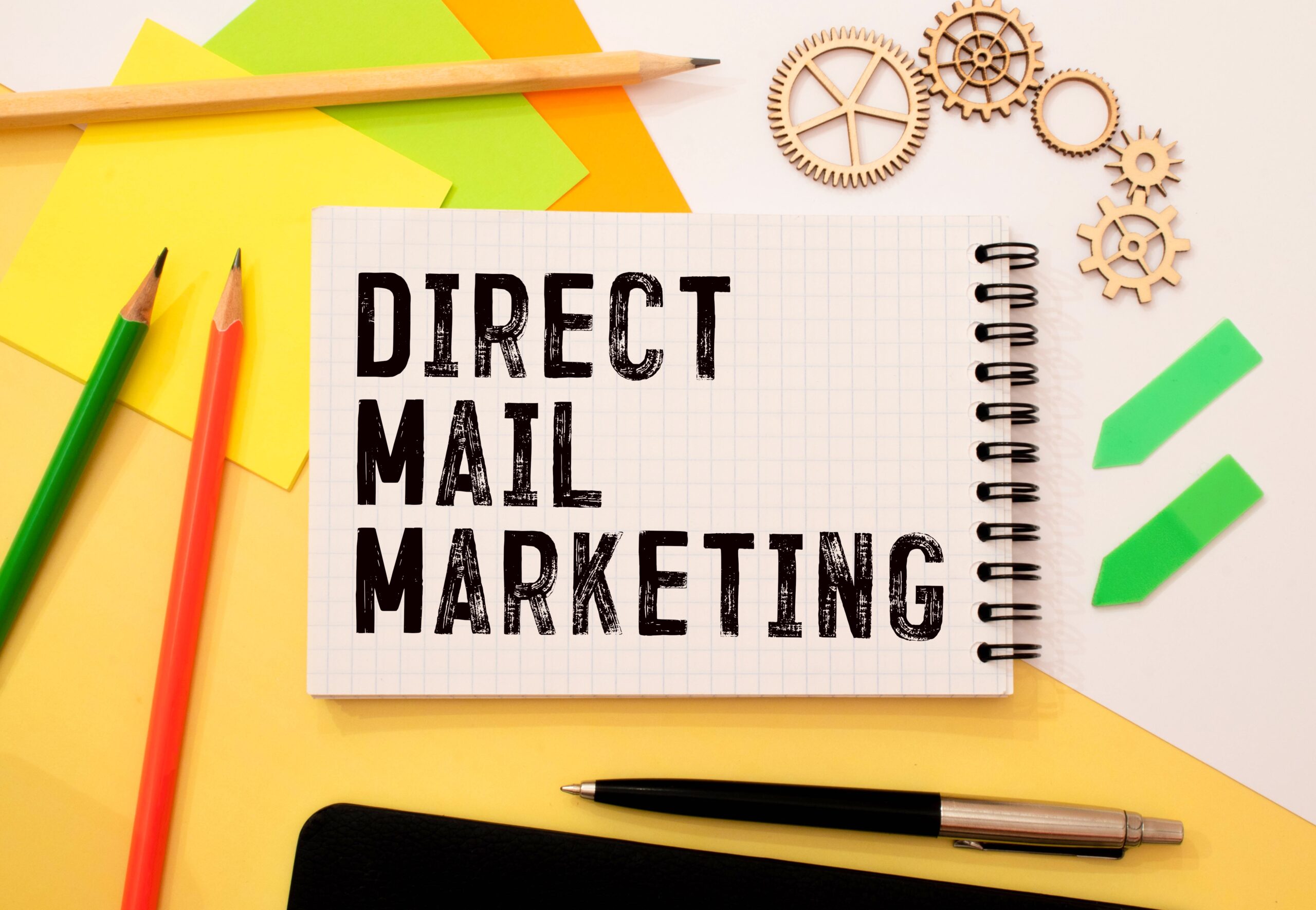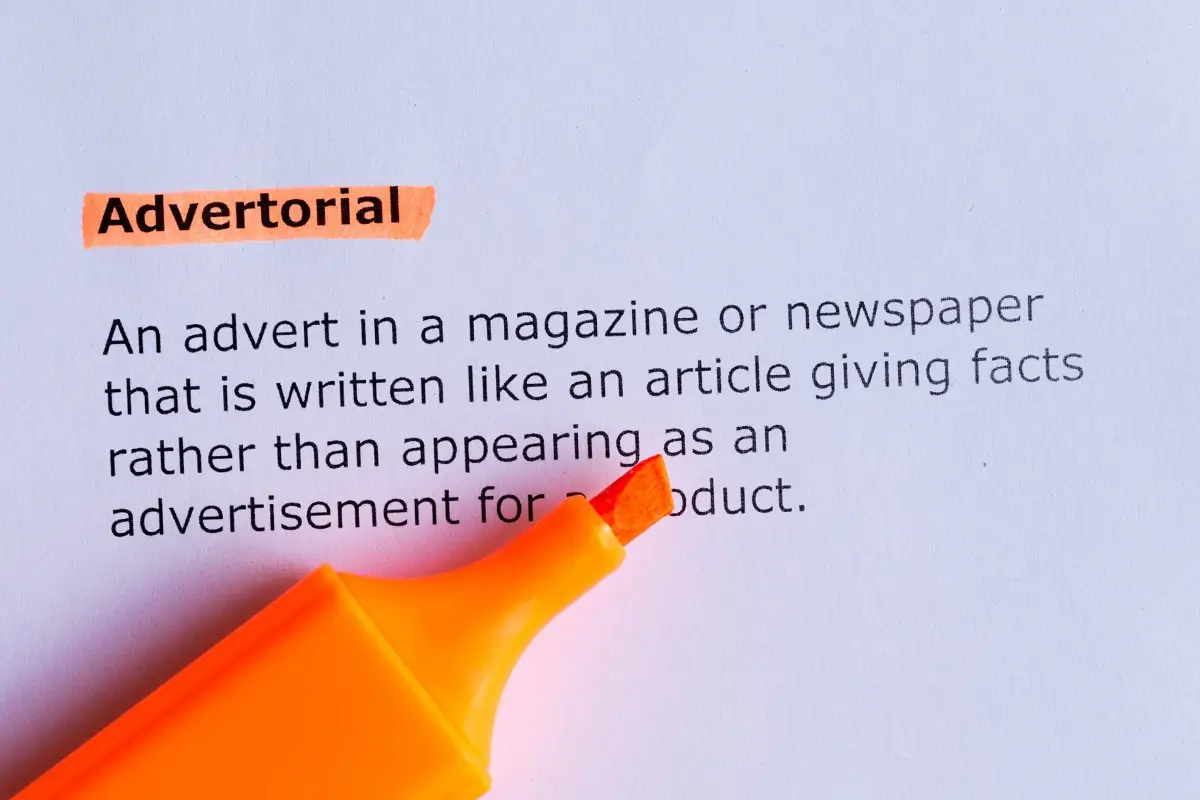
Foreword Building the new corporate reputation
Business credibility. Can you imagine operating without it?
The words on your company’s website are usually the first and only concrete instruments that a potential investor, client or employee uses to decide whether to do business with you. In the past, commerce was mostly local and companies were able to display their products and services in 3D to build trust and secure business. But those days are long behind us.
In today’s connected world, your corporate reputation is built and maintained through a mix of completely different channels, crucial for establishing trust in business. Understanding how they work makes all the difference whether you’re able to reach relevant stakeholders or not. B2B clients and consumers in the B2C market are increasingly skeptical of marketing materials that proliferate ad space. They seek brand authenticity and realism instead. Why are these things important?
They’re important because the most effective ads today don’t rely on the fruity, curated aesthetic promising a 100% rosy beyond. They zero in on our internal fears and guide us to overcome them in pursuit of our true purpose (a Procter & Gamble and Doc Morris ads are great examples of that). Adding to this complexity, there’s a seemingly infinite number of social media platforms, apps and websites available to users. It’s never been easier for prospects to peek behind the curtain and conduct their own due diligence about a company’s corporate reputation before signing up for their products.
Is it any surprise, then, that integrity and transparency play a growing role?
A Weber Shandwick survey has shown that corporate reputation is an invaluable asset with appreciable impact on a company’s bottom line. According to The State of Corporate Reputation in 2020: Everything Matters Now global executives, on average, attribute 63 percent of their company’s market value on their company’s reputation.
Instilling and maintaining trust is a commitment that helps your company attain longevity, build enduring client relationships and drive business forward. Think of it as a continual client-referral process. Whether your company is large or small, private or public, your team should take action to communicate authentically with all key stakeholders. To build a strong corporate reputation, you should:
- Use transparent messaging
- Address your audience – not yourself or the competition
- Uncomplicate, everything
- Write like a person, not an algorithm
- Deliver a fast read that’s exciting to share
- Convey meaning and value
- Use words to evoke emotion
Incorporating these guidelines into your corporate communication campaign requires diligence, audacity and leadership. But the reward – improved corporate reputation and trust – will well be worth it, regardless of how it’s quantified.

1. Use transparent messaging
All marketing materials and reports emphasize things that are going well, regardless of the company’s actual state of affairs. However, many organizations are determined to tell a more balanced story to protect and enhance their corporate reputation. And the rewards are plenty.
Reading a fire hose of positive news is typically received with cynicism. Why? Because that’s just not the way things work in the real world.
Tech firms routinely blame bugs on unanticipated factors, or barely address them in a meaningful context as part of their stakeholder engagement strategy. Others play the blame game to justify poor performance – bad economy, lower demand etc.
Having the courage to fail, and admit it, is especially important for tech firms because companies that aren’t innovating, are also not growing. As Soichiro Honda, the automaker’s founder, pointed out, “Success represents the one percent of your work that results from the 99 percent that is called failure.”
Sweeping bad news under the carpet, like obscuring the company’s debt level, is never a good idea. Doing so means that investors can’t estimate their exposure to bankruptcy risk. It also impedes the board of directors from evaluating the success of company managers and taking timely corrective actions to prevent the worsening of the financial situation.
According to McKinsey, companies that openly share information about their operations are more likely to attract investors, avoid regulatory scrutiny, and face fewer controversies. A study by social media management platform Sprout Social has revealed that 86% of Americans say transparency from businesses is more important than ever before.
Investors use a whole plethora of tools to scrutinize their plans before implementing them. Still, even fine-grained regression analyses and forecast models are of little relevance without trust in business managers.
All stakeholders favor leaders who engage them with honest, frequent presentations and who understand the importance of their company’s role in the wider societal context.
In a nut shell, they insist that tech firms are frank and tell it like it is, wrinkles and all. This transparency is essential for maintaining a strong corporate reputation in an increasingly skeptical market.
Editor’s corner
Practicing candor and transparency fosters credibility and builds a strong corporate reputation. So, paint the whole picture – not just the pleasant bits by:
- Staying clear of self-aggrandizing narratives
- Offering a conversation of competence and drawbacks
- Informing your audience, not making a statement
- Backing arguments and announcements with evidence
- Positioning problems as business risks
2. Address your audience, not yourself or the competition
Organizations regularly use their promotional materials to speak to themselves, and their competitors. They also focus far too much on selling their products and services. As a result, corporate communication objectives are often side stepped and opportunities fall by the wayside.
Much of stakeholder communication collateral is written to attract a wide variety of stakeholder types rather than a select audience. Instead of harnessing the knowledge of their clients, tech firms self-sabotage by embellishing their successes.
And using tortuous internal speak, instead of regular English. This can further damage their corporate reputation.
Tech firms that thrive in today’s climate highlight their stakeholder needs, not their own triumphs. They take the time to find out about their key audiences’ pain points. And they make outlines of their prospect types to determine how their readers will respond to their written materials.
The secret to all successful relationships is being able to walk in other person’s shoes.
Once you’re able to empathize with your audience, you start to look at your prospects with a fresh pair of eyes. This new perspective can help you escape the wrong, but widespread approach of enforcing benchmarks or other cosmetic parameters, such as word count.
To put it plainly, the form should reflect the content, and not the other way around. Keeping this in mind will enable you to generate constructive reading experiences, whether in print or online.
Editor’s corner
Before typing a single key on your keyboard, take a few minutes to identify your readers and their pain points. Then answer the following questions:
- Who am I speaking to and what do they need?
- What thoughts, feelings or actions would I like to promote with my writing?
- How do I present my content so that my users achieve their goals?
- What media platform or corporate communication vehicle will make it easiest for my audience to find my message?
Tips & tactics
Put your copy away for a day or two. When you go over it the next time, you’ll experience the content as a reader, not as a writer. This aerial perspective will enable you to tweak it effectively for your audience. Check the number of times you used “I” versus your prospects. The focus should always be your reader. This approach not only enhances engagement but also builds a stronger corporate reputation by prioritizing transparency and audience needs. Which is essential for establishing trust in business.
3. Uncomplicate everything
Unfussy, straightforward writing is a routinely ignored. And yet, it’s an influential tool for conveying powerful messages and strengthening corporate reputation.
A lot of today’s promotional materials is based on the flawed idea that effective corporate communication needs to be complicated. Very often, this stems from a lack of confidence. Or simply a lack of writing skills. And sometimes, we receive instructions from others that contradict rules of effective stakeholder communication.
Influential stakeholder messaging is actually best accomplished using simple tools.
The goal is to write marketing materials that are clear-cut and appear effortless. Think of the simplicity of Nike’s Just Do It campaign. So, don’t choke your stories with too much intellectual, technical or flowery jargon.
No one wants to read stuffy, intimidating terminology or ornate phrases written to razzle dazzle. Obnoxious overkill in writing is equivalent to an emergence of a shark’s fin that makes beachgoers swim in the opposite direction. Visitors will simply turn away, which may compromise your corporate reputation.
The faster you do away with the gratuitous, formulaic ingredients and leave only the fundamentals, the sooner your content management strategy will yield results.
This is because your readers are driven to find constructive information and clear solutions to their problems. Consider lending them a hand with their efforts – by reducing convolution as much as possible, mapping out simple navigation and offering content that’s easy to understand.
Editor’s corner
In many tech firms, leaders fall short producing just the right mix of crisp corporate communication and crucial data. Annual reports, thought leadership campaigns and sustainability reports are often plagued by this challenge. To uncomplicate your marketing materials, think of the following items when producing your next report:
- Go back to basics. Don’t tick the box and roll out dated content structure. Inspect every section.
- Instead, including any subsection or paragraphs in the text. If there’s no valid rationale for it, chuck it out.
- Re-examine highlighted content. Stories should be sprinkled with colorful portrayals of performance and various activities. Going into the weeds of things to illustrate processes and procedures should kept to a minimum (white papers being one likely exception). Ensure that the content is rooted in the presentation of your performance.
- Wipe out repetition. Think of ways to replace second-hand information that creeps its way to multiple pages. This can be especially common in financial statements and comments, including interviews and analysis. Some items are often recycled in tech firms’ monthly publications as well as other parts of promotional materials. Strive to navigate your users to original information.
These tips will help you simplify your marketing materials but also help build trust in business by ensuring transparency and clarity.
4. Write like a person not an algorithm
Corporate communication is often described as bleak or hogwash. Sometimes both. So how do you make your marketing materials more exciting than reading endless columns of weather patterns?
By striving for clarity at all times. Clarity inspires trust in business, builds brand authenticity and ensures you’re not sending mixed signals. Still, words like utilitarian, proactive or value-add frequently find their way into the narrative. Even the most charismatic leaders and storytellers have been accused of using convoluted language that confuses readers.
The casual, conversational style of communication we use with friends and family routinely disappears once we pull up the chair and start typing. The end result is stiff, impersonal writing that might as well have been generated by a robot.
No matter how well-intentioned and knowledgeable writers are, sometimes their efforts fail to peak the readers’ interest. In fact, it’s not uncommon for writers with astute insight into a topic to produce content that doesn’t connect with the audience.
Steve Jobs was famous for engaging his audiences by introducing a time-honored, hero-villain scenario. Warren Buffett pretends he’s talking to his sisters when writing his annual report for Berkshire Hathaway. Implementing these devices can help you cut through jargon and present information in an absorbing way.
Informal stakeholder communication is the new normal for building brand authenticity. The way we exchange information via text messages, chat platforms and social media has changed our expectations of narrative style, including in the business sphere.
Pursuing a casual approach is a powerful way of bringing down the barriers between you and your prospects. By fostering genuine connections and building relationships that matter, you can successfully build brand authenticity. And ultimately strengthen your corporate reputation.
Editor’s corner
Write with clarity by:
- Choosing shorter words over long ones when you can. Long words rarely electrify customers. If anything, you risk littering a potentially winning sales copy with awkward, cumbersome details.
- Practicing everyday speak. Strive to explain and give appropriate context to technical terms. Your primary users who may not be familiar with the terms will thank you.
- Alternating sentence length. Whenever possible, keep sentences on the short side. Aim for 20-25 words per sentence but don’t be shy of varying it up a little. Don’t go over 40 words per sentence and focus on one chief idea.
- Being pithy. Enough said.
- Picturing your reader in 3D. Sincerity rarely goes unnoticed. Write honestly and as personally as you can within your branding parameters to elevate your corporate reputation.
Read the second part of this white paper and stay at the forefront of corporate communication! Sign up for my newsletter for exclusive insights, tips and resources designed to help you build a strong corporate reputation.







